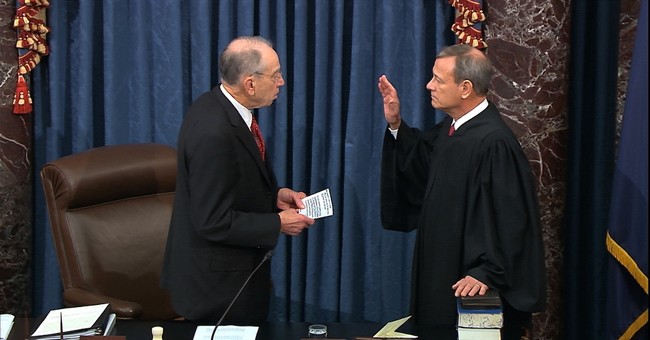
No one should be surprised by Chief Justice John Roberts’ decision today to join in the judgment of the Court, but not the opinion of Justice Breyer, invalidating the Louisiana statute requiring abortion providers to have admitting privileges at a nearby hospital.
Yes, CJ Roberts voted in the minority to invalidate a nearly identical law four years ago in the case Whole Women’s Health v. Hellerstedt, a 5-3 decision striking down a Texas statute — Justice Scalia had passed away before the case was decided, but had not yet been replaced on the Court. In his opinion today CJ Roberts stated that he believes the Hellerstedt case was wrongly decided as he said then, and he stands by that vote.
The difference today is that Justice Gorsuch has filled the seat that belonged to the late-Justice Scalia, and Justice Kavannaugh has the seat that belonged to now retired-Justice Kennedy, who voted in the majority in Hellerstedt. Had Chief Justice Roberts been consistent in his view on the merits of the Louisiana law today, the outcome would have been 5-4 in favor of upholding the law and overruling the decision from four years ago in Hellerstedt.
CJ Roberts wrote a 16 page “Concurring” opinion for today’s decision that deals extensively with the doctrine of stare decisis — which means that the Court should respect the previous decisions of the Court and overrule them only in only very limited circumstances.
What this means is that when the Court voted in its conference on which side should prevail in Russo, CJ Roberts voted with the 4 liberal justices to strike down the Louisiana statute. But his reasons for voting that way are different from the reasons state by Justice Breyer in his controlling opinion on behalf of himself and the other three Justices who voted to strike down the statute. Justice Breyer’s opinion invalidates the Louisiana statute on the basis that it violates a “woman’s right to choose” as established in Roe v. Wade, and later advanced in series of cases decided by the Court on numerous attempts to curtail or reverse Roe. CJ Roberts did not join Justice Breyer’s opinion — he disagrees with the entirety of Justice Breyer’s rational which represents only his view and the views of the other three Justices in the majority.
What Justice Roberts does say is that what five Justices decided the law to be in 2016, should not be undone because different five Justices facing nearly the same question four years later decide the law should be something else.
The late-Sen. Arlen Spector, who was the Senate Judiciary Chairman at the time Roberts was nominated — and who was a liberal GOP Sen. who supported the idea that abortion was a “constitutional right” — spent a significant amount of time in his questioning of Roberts during his confirmation hearing on the issue of stare decisis and how it might factor into Roberts’ views on revisiting Roe and the cases that followed.
A very handy resource for seeing both the video of the exchanges and a transcript can be found here. Roberts avoided most efforts by Specter to draw him out on Roe specifically, and how Roberts would approach efforts to overturn Roe and the cases that followed.
Roberts distinguished the circumstances of Brown v. Board of Education, which overturned Plessy v. Ferguson, not just because Plessy was wrongly decided — as he says was the case of Hellerstedt — but because other cases decided in between Plessy and Brown undercut the value of Plessy as precedent, and because allowing Plessy to remain the law was unworkable at the time the Court confronted Plessy with its decision in Brown.
What people should take from this exchange 15 years ago, and CJ Roberts’ vote and opinion today is that the path to overruling Roe is one of “steps”. Even with 5 votes in hand, I do not think Roberts would support an “up or down” revisiting Roe as the “first bite at the apple.”
[Stare decisis] is the “means by which we ensure that the law will not merely change erratically, but will develop in a principled and intelligible fashion.” Vasquez v. Hillery, 474 U. S. 254, 265 (1986).
But for precedent to mean anything, the doctrine must give way only to a rationale that goes beyond whether the case was decided correctly. The Court accordingly considers additional factors before overruling a precedent, such as its adminstrability, its fit with subsequent factual and legal developments, and the reliance interests that the precedent has engendered.
In his 2005 confirmation hearing he described cases that overrule prior Court precedent as “jolts” to the legal system. In his view, there is a balance that must be struck between the merits on the decision and the willingness to absorb the “jolt” that the decision will visit on the Court and the public. Some jolts are worth the cost — Brown v. Board of Education — but that cost was made easier to pay by the fact that Plessy had been undercut over many years on a variety of grounds, and there was little cost to pay in ridding the Court of that decision because no one placed “reliance” on Plessy any longer.
CJ Roberts does not believe we are there yet with regard to Roe. Hellerstedt COULD have been the first step — if the decision had come four years later. But Russo came AFTER Hellerstedt already settled the precise question raised in Russo.
CJ Roberts remains a vote to overturn Roe — he showed that in Hellerstedt. But the path the Court takes to that vote is important to Roberts as well, and simply going back to revisit a decision from only 4 years ago — made possible only because of a changed composition of the membership of the Court — is not part of that path for him. The path to overturning Roe must include a development of factual and legal decisions that lead AWAY from the conclusions reached in Roe.
He signaled to all where the challenge should come.
In Whole Woman’s Health v. Hellerstedt, 579 U. S. ___ (2016), the Court concluded that Texas’s admitting privileges requirement “places a substantial obstacle in the path of women seeking a previability abortion” and therefore violated the Due Process Clause of the Fourteenth Amendment. Id., at ___ (slip op., at 2) (citing Planned Parenthood of Southeastern Pa. v. Casey, 505 U. S. 833, 878 (1992) (plurality opinion)).
Both Louisiana and the providers agree that the undue burden standard announced in Casey provides the appropriate framework to analyze Louisiana’s law…. Neither party has asked us to reassess the constitutional validity of that standard. Casey reaffirmed “the most central principle of Roe v. Wade,” “a woman’s right to terminate her pregnancy before viability.” Casey, 505 U. S., at 871 (plurality opinion).
For Chief Justice Roberts, the path to revisiting Roe must begin with revisiting the constitutional validity of the standard established in Casey for evaluating the kinds of restrictions that may be imposed by a State upon abortions service providers. If the constitutional validity of that standard is unsound, then more restrictions like the laws in Texas and Louisiana will be allowed. Once more restrictions are developed which meet with Court approval, the “reliance” on Roe’s “abortion on demand” standard will begin to be eroded. As that standard is eroded — like was the case with Plessy — the “cost” for revising Roe will be lowered and the “jolt” from overturning Roe will be reduced. Eroding the standard begins with NEW challenges to providing abortion services, not re-visiting already decided issues.
There will be a huge price paid in the interim in the form of continued aborting of the unborn. I believe CJ Roberts squeezes that unpleasant fact out of his mind, and focuses instead on what he sees as the jurisprudential mischief and evil that might follow if Court precedent can be easily abandoned simply by virtue of a change in Court composition.
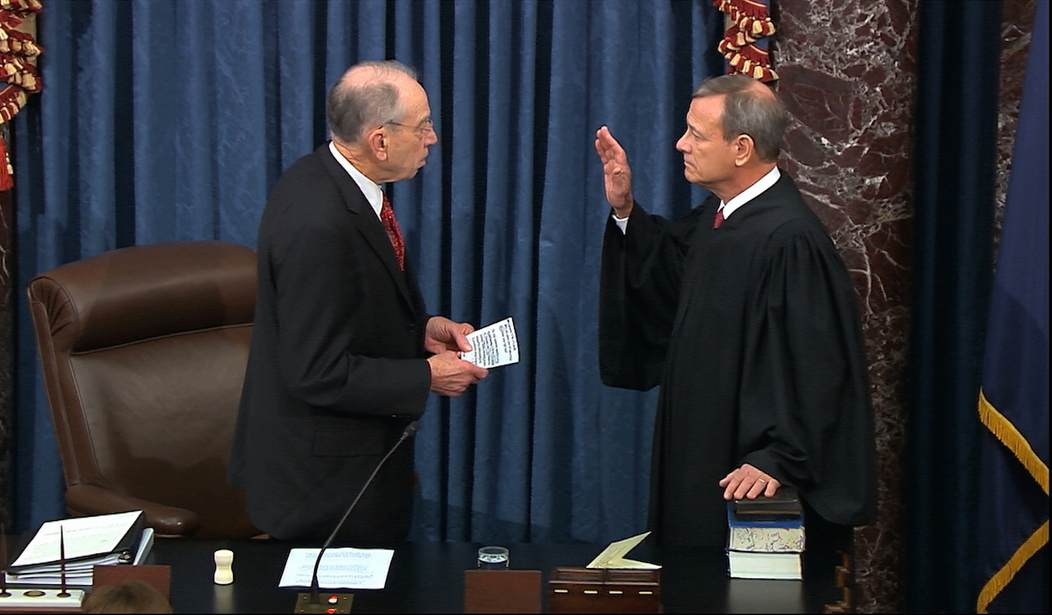

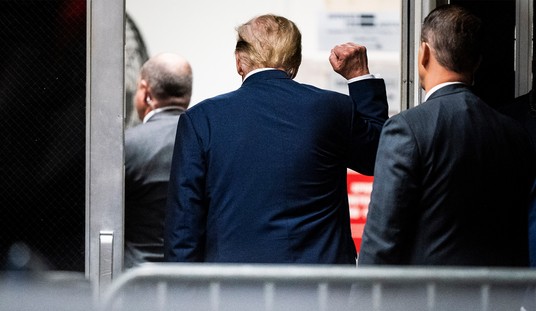

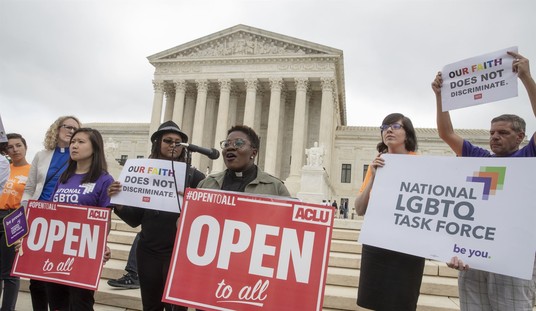

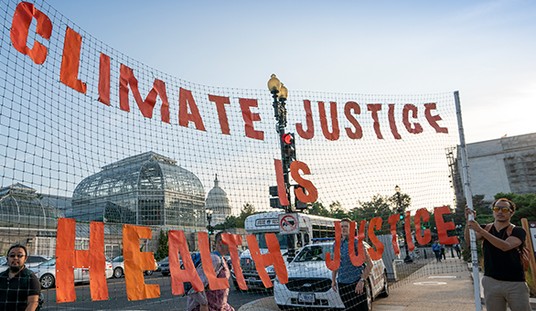


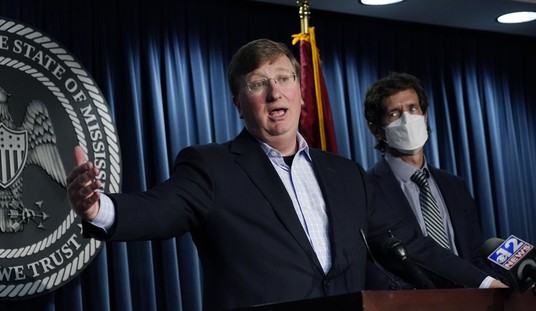

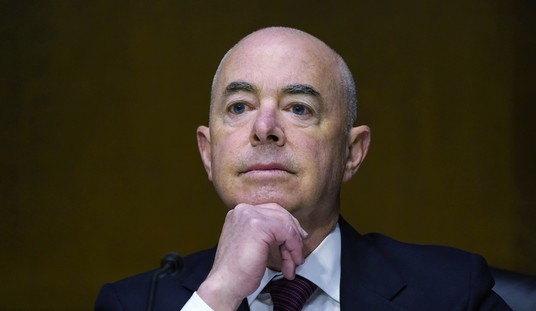
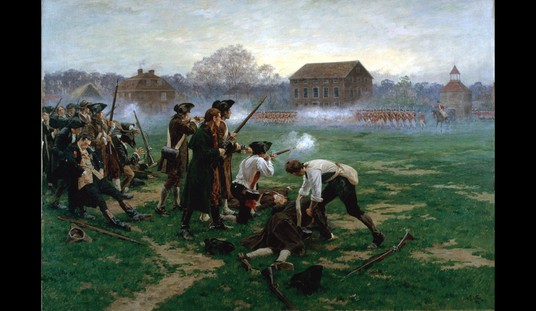
Join the conversation as a VIP Member